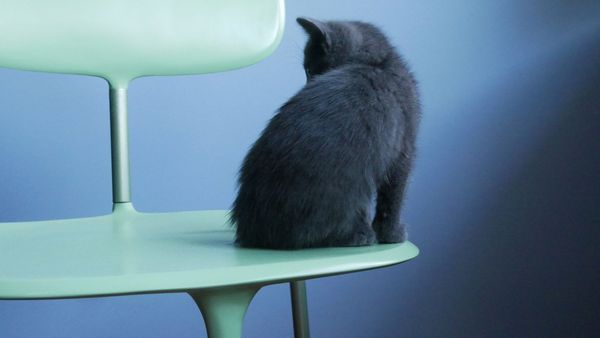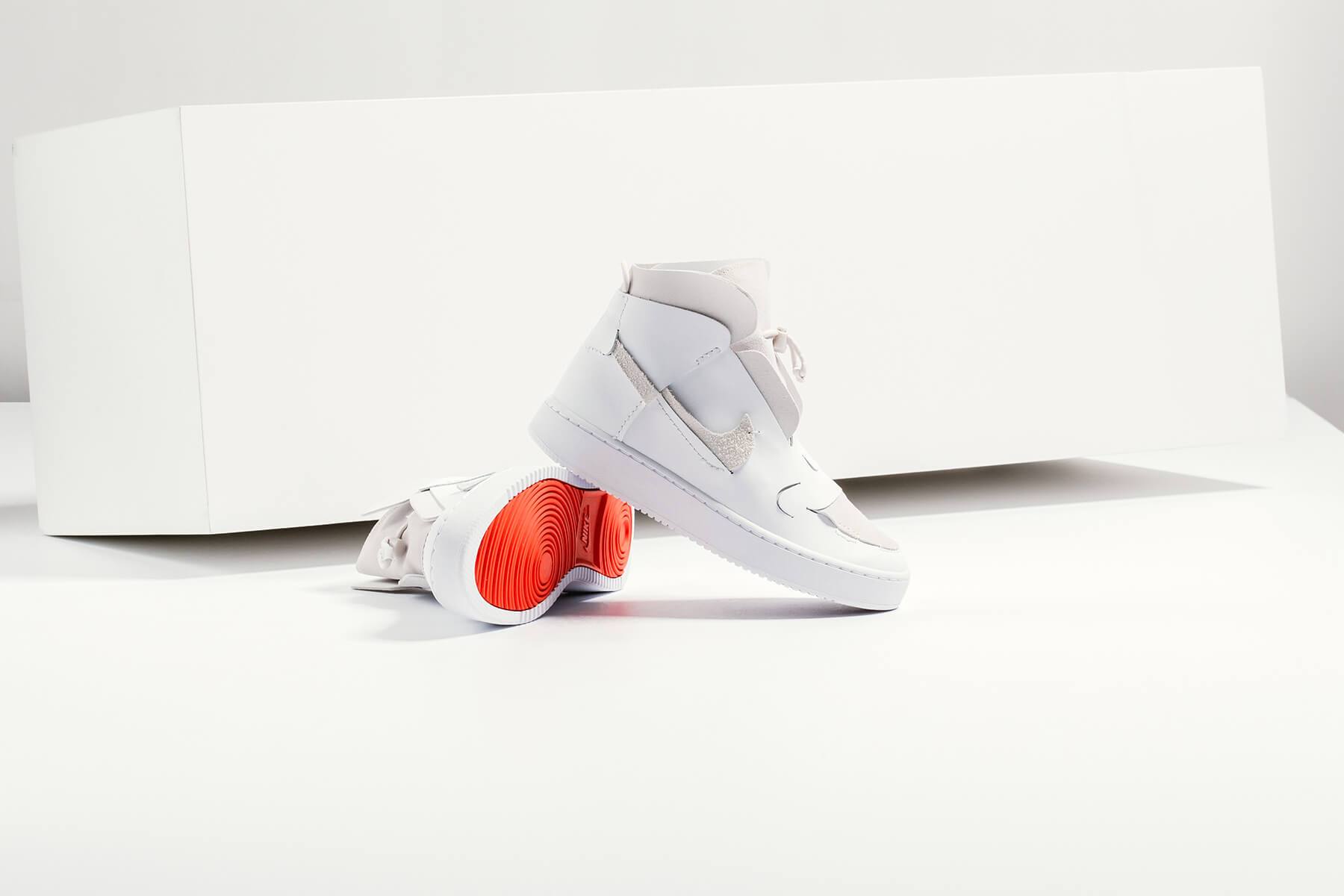The rise of the global shoe market in recent years was partly a result of the popularity gained by streetwear. One could also say that the shift of general clothing customs into such direction brought sneakers into the mainstream in a manner never seen before. According to NPD Group, the products serving comfort and functionality will completely take over the trends – the US market is already dominated by sneakers, now they only have China to conquer.
Laura Papp has just finished her studies at Moholy-Nagy University of Art and Design when she was approached by Nike as if she was in a fairy tale. She has been working as a designer for more than three years now in the Nike headquarters in Portland, where she is part of the women’s streetwear team. In our interview, we asked her about her experiences, the brand values of Nike and the future of sneakers.
An invitation to the headquarters of Nike would be a dream come true for many shoe designers. What was your first impression, how does a multinational company like this look like in the States?
It’s surprisingly large. I was amazed how huge the campus was. It’s like a smaller settlement: with a lake, parks, several gyms, sports fields and day care centers for the children of workers. The buildings are named after famous athletes. Nike is continuously expanding, several constructions are currently in progress. What I love very much about it is that it’s very airy, there are many green areas, and if you feel like you need a little walk, you can just go and walk for a while. The permanent dwellers of the campus are the Canadian wild geese and sometimes you can even see deer. The facility is, by the way, open to anyone who is in Beaverton, anyone can visit it.
What are the brand values you can resonate with the most, and what are the ones that are the most important for Nike?
For Nike, the most important is to enhance the performance of athletes and that the products be accessible by everyone, from professional athletes to ordinary people. The innovative way of thinking and positive mindset inspire me the most. At the same time, learning the history of the renowned sports brand thoroughly and redesigning the milestone pieces also comes with many challenges.
We can work on the renewal of such iconic products as the Air Force 1, for example. The company also plays a lead role in shaping the future: Airbag, Joyride and many similar innovations were made here. Passing on the values of the past and mapping the future inspire me the most. This is what makes Nike fascinating for me as opposed to a fashion brand.
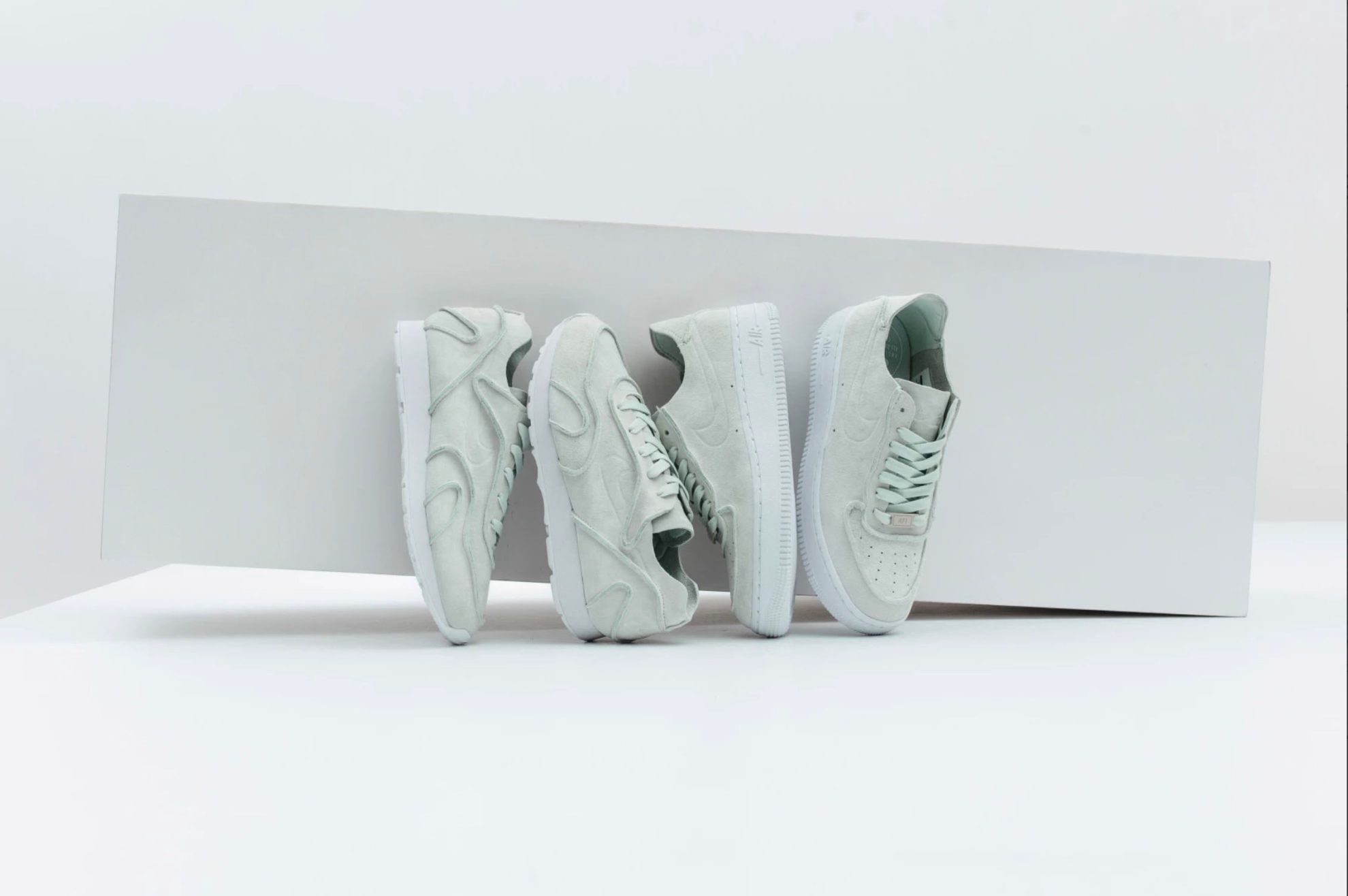
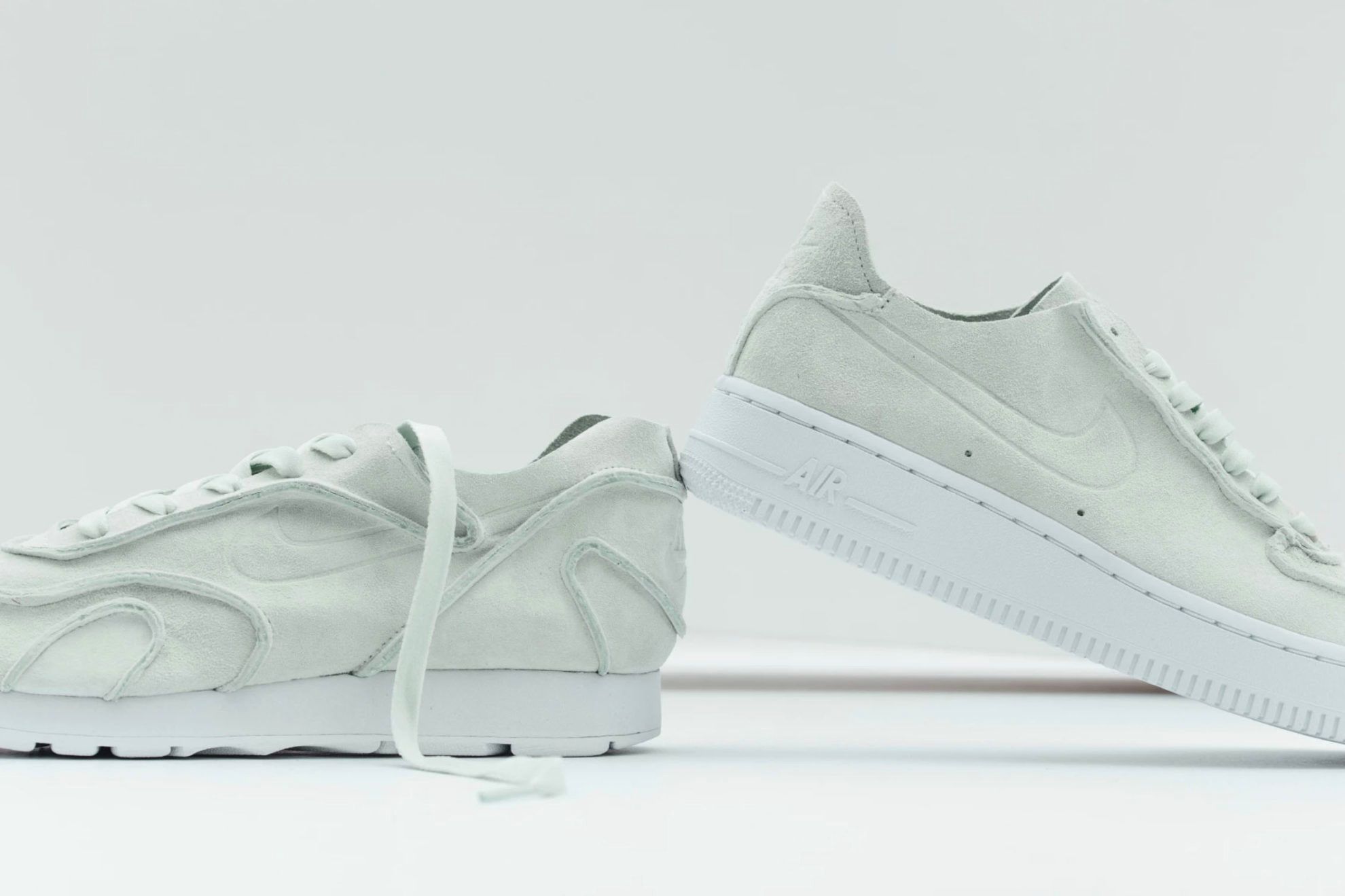
How does the design process go? In addition to redesigning previous models, you probably also put great focus on analyzing trends, too. Could you tell us a bit more about this?
One of the biggest challenges is to redesign said classic pieces, and yes, the different trends that are completely different at all parts of the world have a dominant role in this. This is why the place of sale is a very important aspect. The American, Asian and European markets all require different aesthetics, so the description of the task also lays a great emphasis on the target group. In addition, only a certain part of customers are following trends, as Nike is fundamentally not a fashion brand. Integrating the latest technological innovations into streetwear is also very important. These new silhouettes are published parallel to a performance innovation (e.g. React), or they attempt to respond to some other kind of relevant problem, such as eco-consciousness (e.g. Space Hippie collection).
What is your favorite model right now?
My current favorite is Shox TL, which is a retro model. It came out in the early 2000s, and now this robot-like piece is in its prime again. It’s one of my most comfortable and extreme shoes. My other favorite is an Undercover collaboration, the Daybreak. Its an everyday classic, with a little twist. And the third one is the Aqua Rift designed by a colleague of mine, which is another bringback from the ‘90s. The model was inspired by the Japanese jika-tabi. Every piece is very comfortable, but a completely different character.
Are there any models that you have worked on and are extremely proud of?
The dearest piece I have been working on has not been released yet. It takes two years from the start of the design process for the shoes to be released on the market. Out of the ones already released, perhaps „Vandalised LX” is the dearest to me. This is a playful design, which reinterprets a retro model named Vandal, by disrupting the pattern. The goal was to rewrite the iconic lines and make them overlap. The latest piece is the AF1 Schematics, which will soon be available on the website.

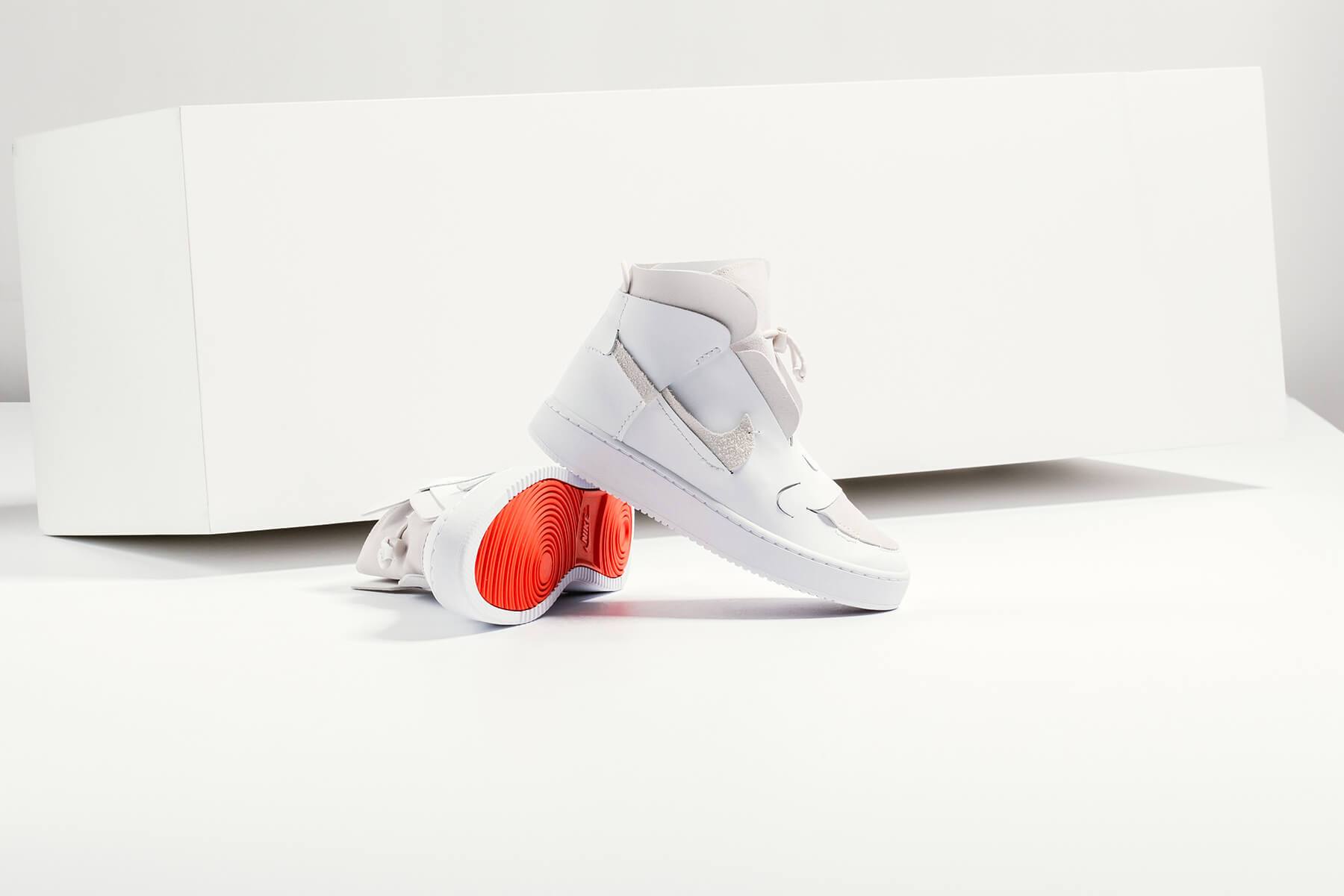
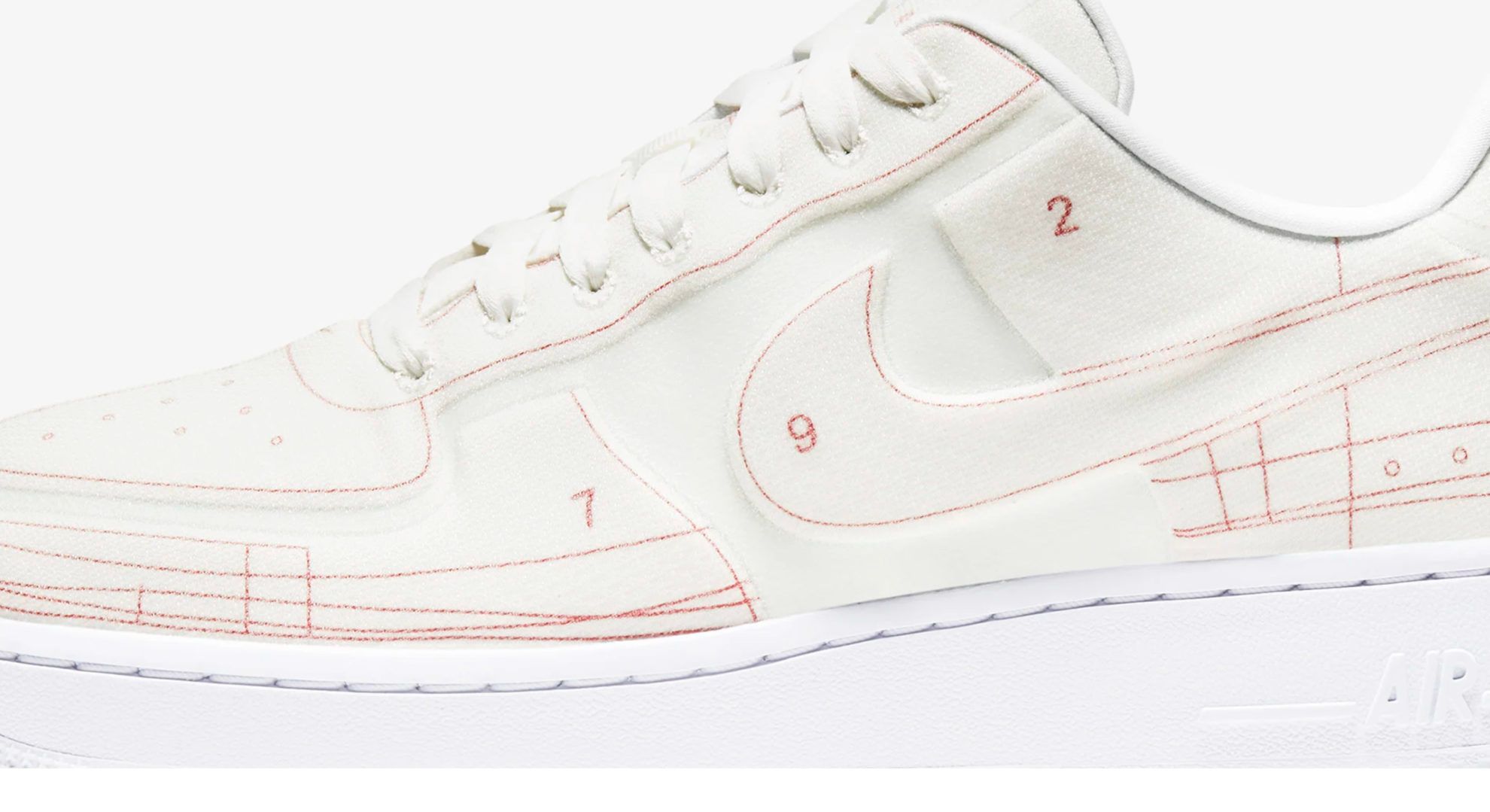
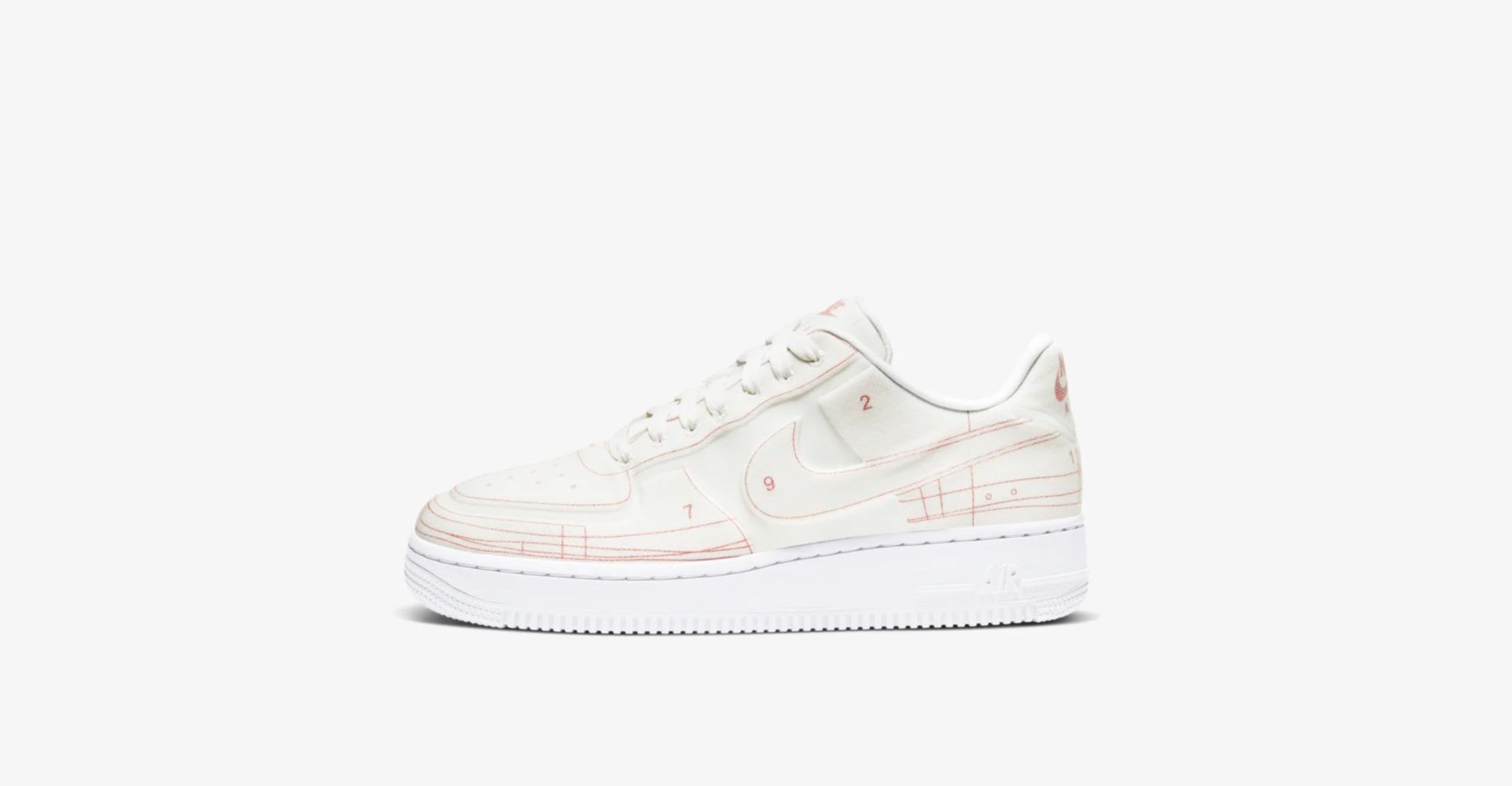
Analysis and design must have a lot of levels, as the design of a sneaker is influenced by other factors than street footwear. What is the field you are most comfortable in?
Yes, there are performance departments, such as running, basketball or football. Naturally, the primary goal is to enhance performance here. I work in the street footwear category, and within that, I design for women. The creation of street footwear is influenced by countless factors. The tasks are always very complex. There are many filters in the course of design, specified by marketing. We also work with the classic pieces mentioned before, and, of course, the modern ones, too. Within that, we work with many silhouettes, starting from basketball shoes through running shoes to hiking boots, and so on. Another filter is the value and price of the product. These pose great challenges to every designer, as these determine what materials we can work with, for example. The hardest part is to adjust to the different target groups. From those preferring more average and simple pieces to those longing for extravagant ones. Conceptual pieces are closer to me, so it is extremely challenging to fulfil the other extreme. I love this category specifically because of the diversity of tasks.
We are always very excited about the designer collaborations of Nike. Have you ever participated in a project like this? Can you tell us anything about future collaborations?
Collaborations are always the task of a completely separate category, who focus on this field exclusively. They design shoes for the runway and cooperate with various fashion brands. Unfortunately I cannot tell you any details, only that it happens often that contract with a previous collaborator gets extended…
All in all what is your take on sneaker fashion? What future do experts forecast for this phenomenon?
Countless trends live next to each other today. This diversity is the reason why sneaker culture will always have a place. And such important aspects as the comfort and practicability of sneakers will never be disregarded. Maybe durability is what becomes more and more emphatic. Luckily, this contradicts the rapidly changing trends.
You also worked on your own brand earlier, and the fact that you are now working for Nike is partly thanks to that. Do you plan to continue building your brand in the future?
Yes, I would love to have my own brand in the future, but I do experience a lot of interesting and new things at Nike, and, well, it would have been a pity to miss out on this opportunity and experience. If there was ever a chance in the future, I would definitely rethink what I have started earlier. I’ve changed and experienced a lot since then, and the world has also changed much. Since then, for example, I consider the issue of sustainability much more important.
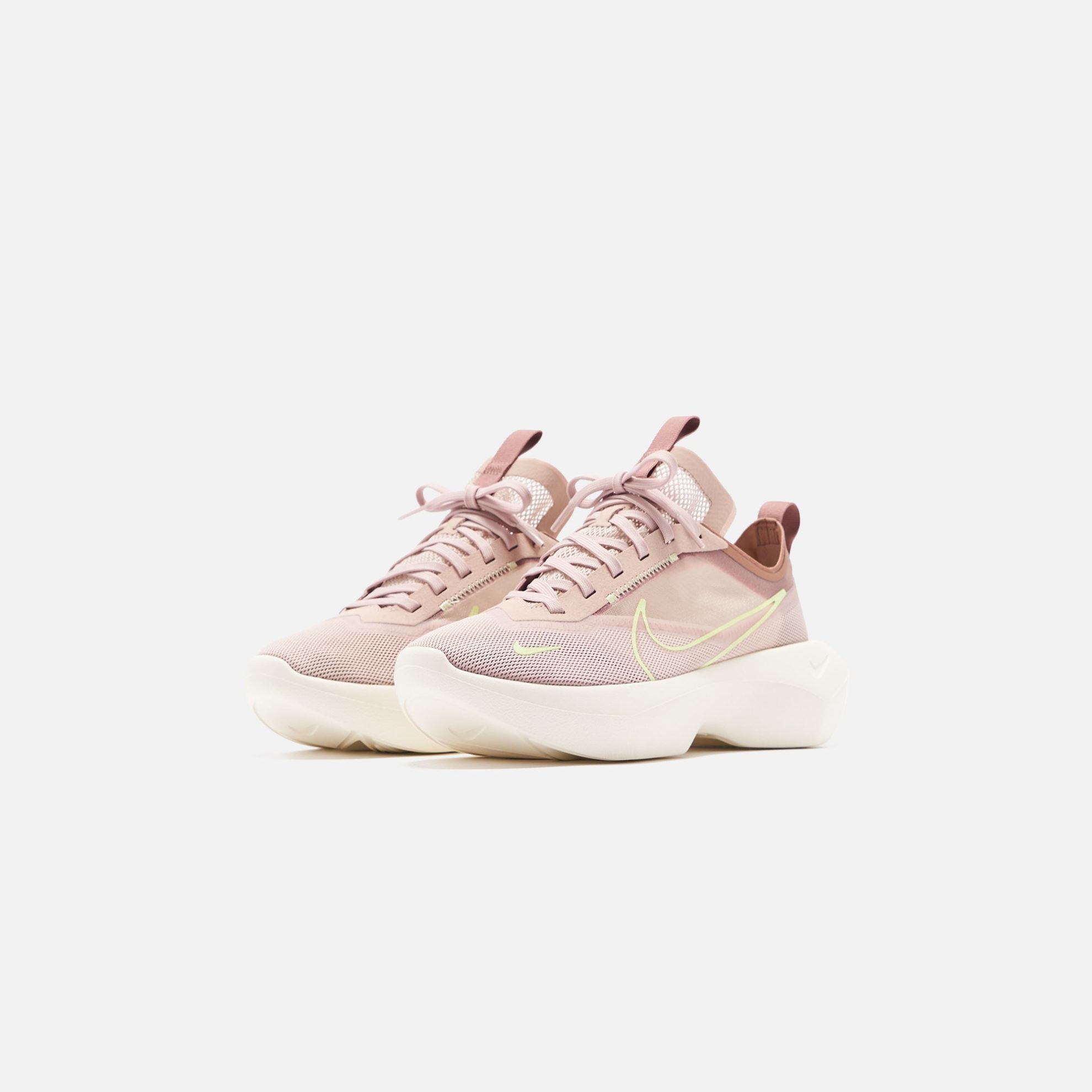
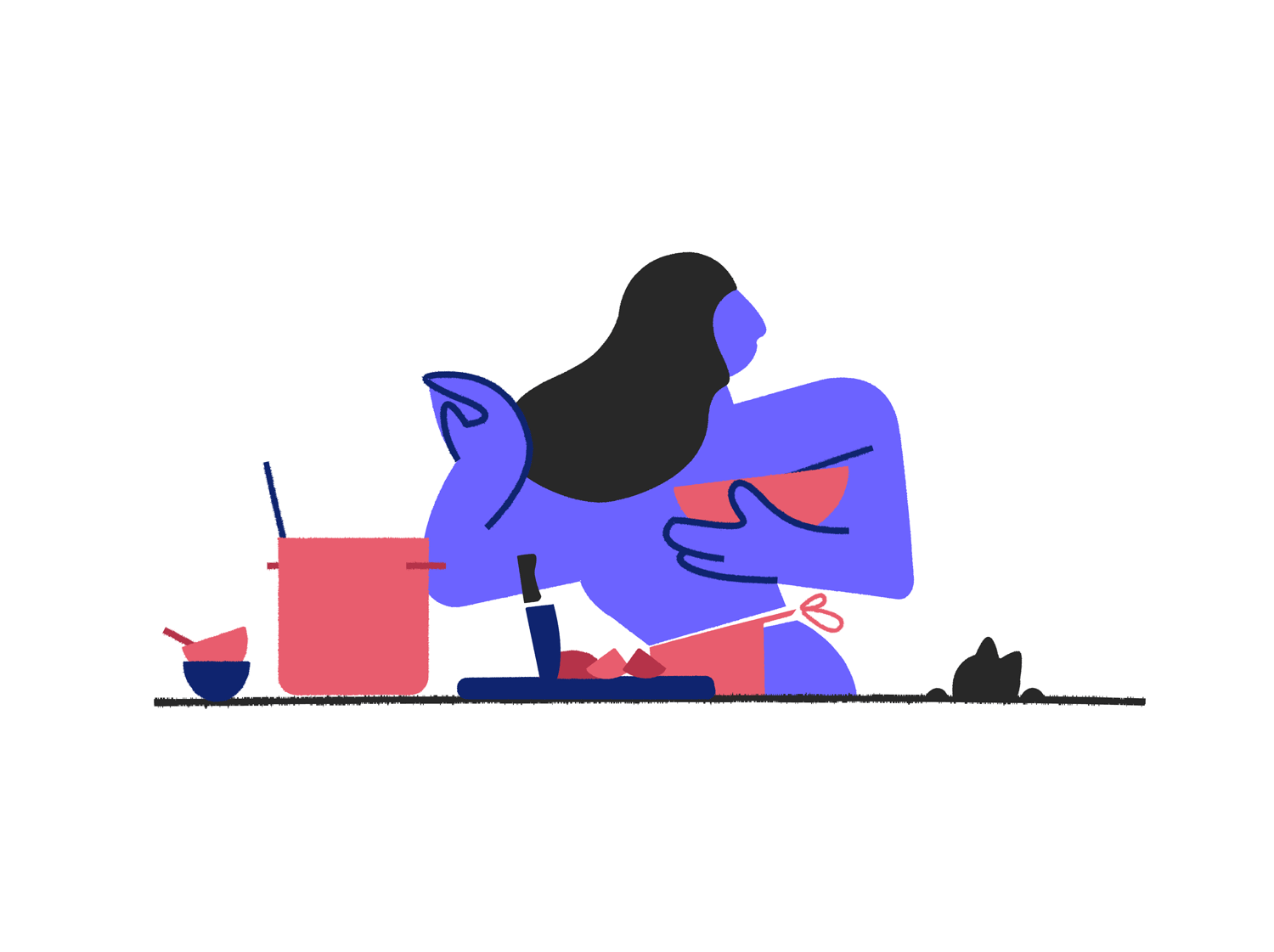
Creatives in quarantine | Recommended by the editors of HYPE – Food
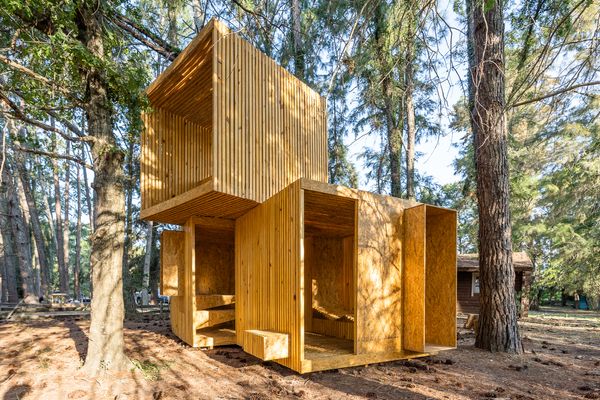
Hungarian architectural festival in Argentina | Hello Wood
